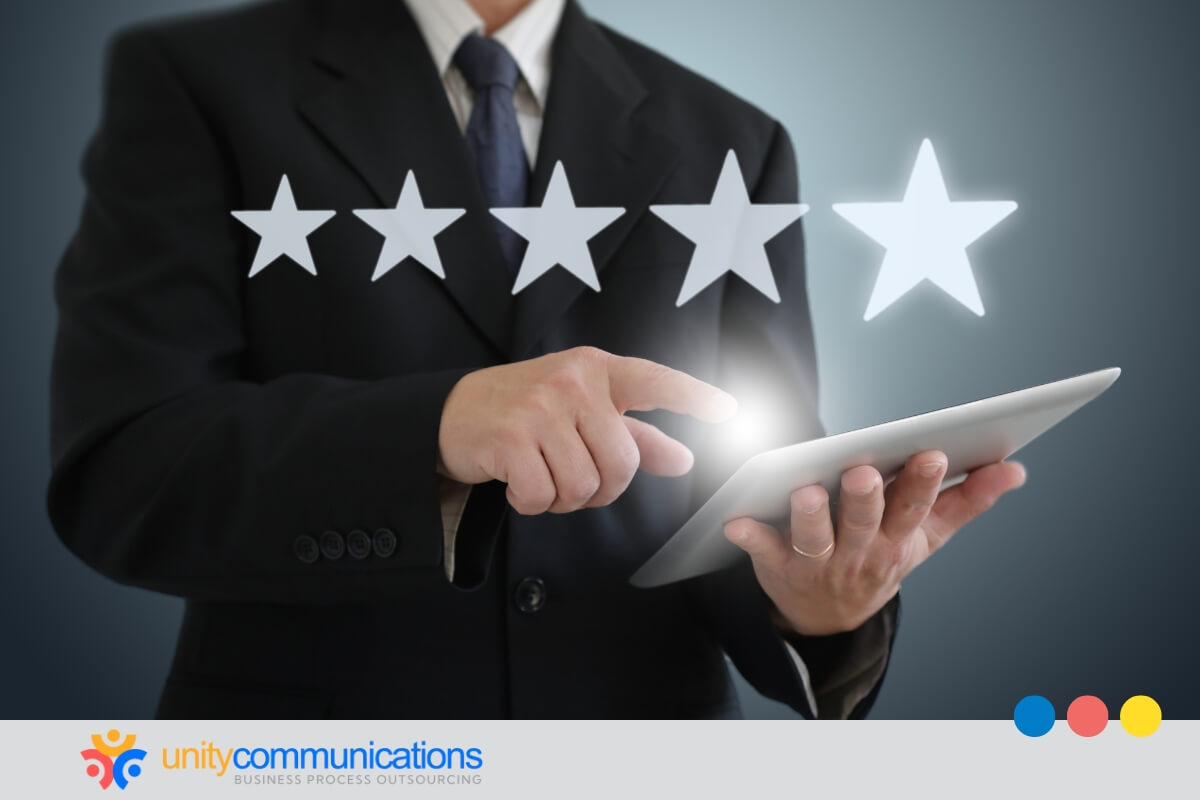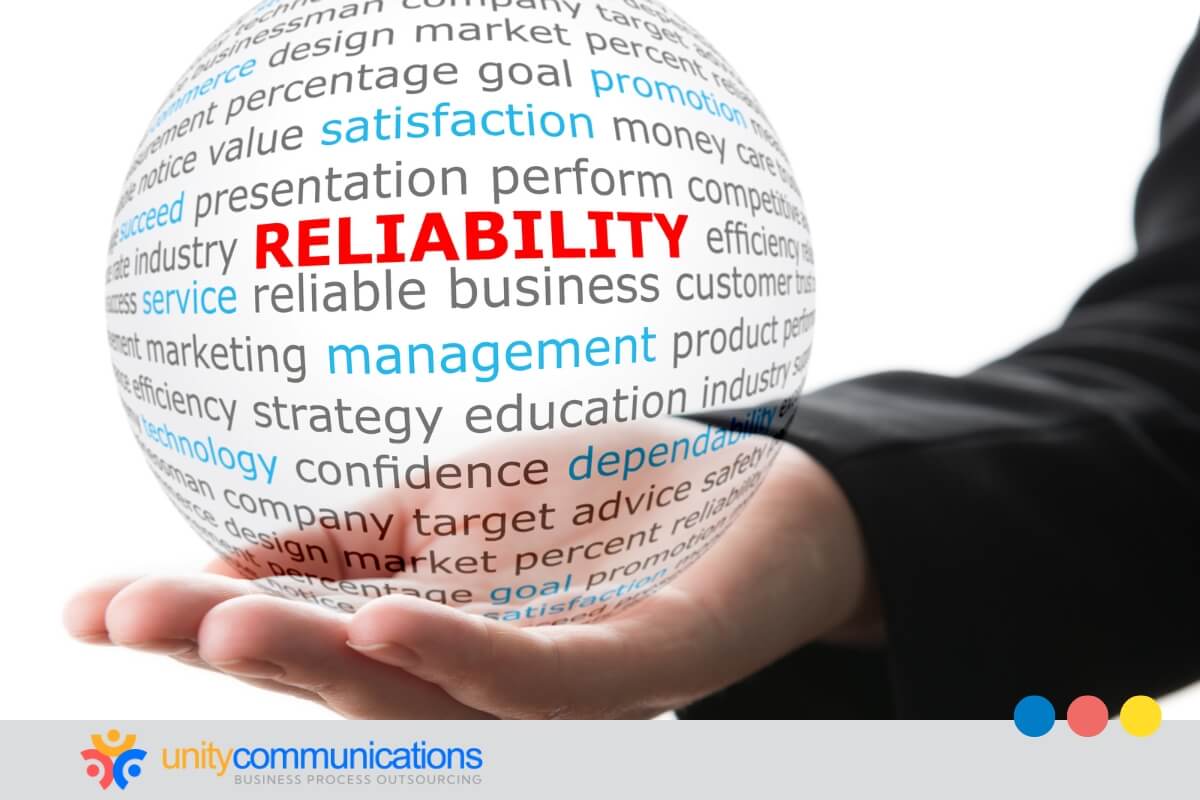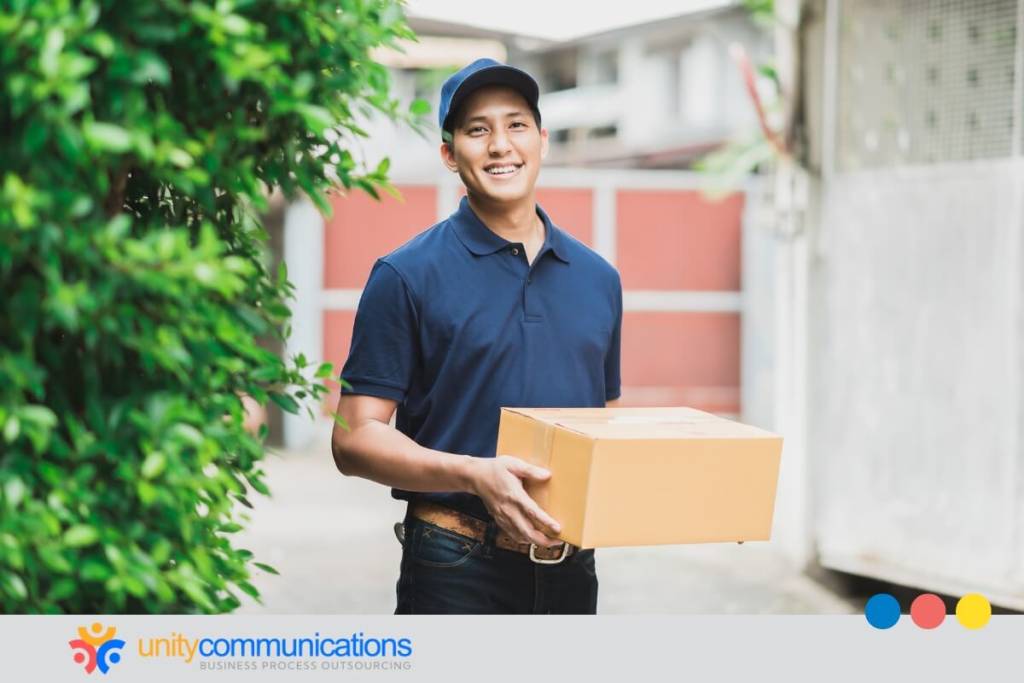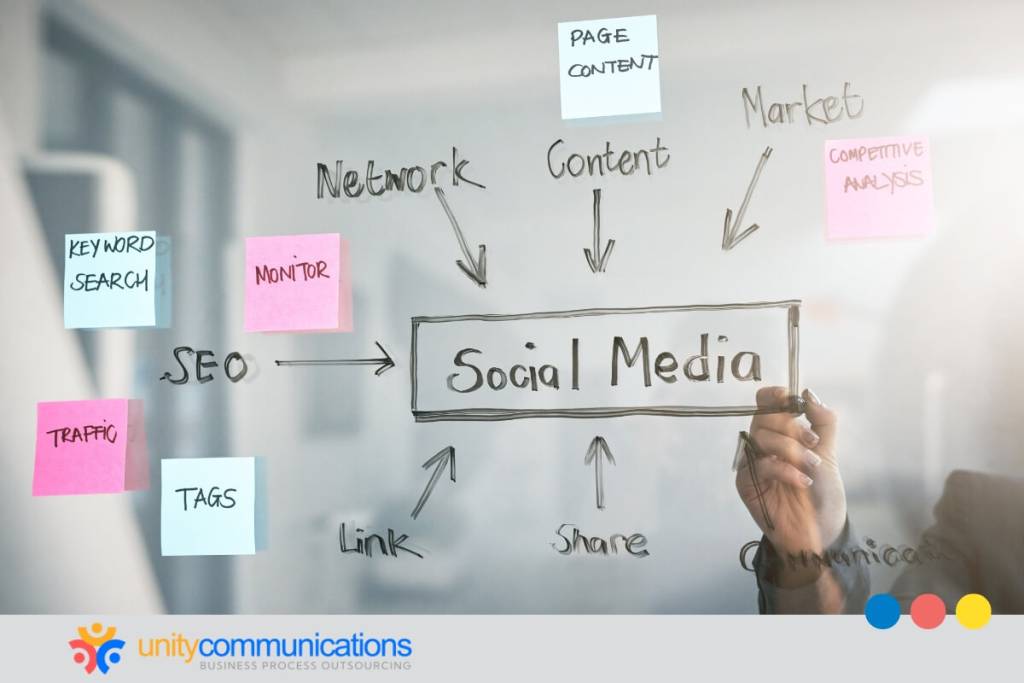Table of Contents
Rising customer expectations for fast, reliable deliveries are forcing businesses to rethink how they handle logistics. The last mile—from warehouse to doorstep—has become a crucial part of the customer experience, yet it’s also the costliest and most complex to manage in-house.
These challenges fuel the growth of business process outsourcing (BPO) in logistics. Companies now seek specialized partners with advanced technology, flexible networks, and service standards that uphold their brand.
This article offers a step-by-step guide to outsourcing last-mile delivery services. Learn how to maximize its advantages without sacrificing quality or control below!
1. Assess the need for outsourcing last-mile delivery services

Outsourcing isn’t a one-size-fits-all solution. It affects costs, control, customer experience, and your internal teams’ operations. Carefully evaluating it first determines whether it can support your goals.
Ask yourself:
- Are delivery delays affecting customer satisfaction?
- Are internal logistics costs rising?
- Am I struggling to scale operations in certain areas?
If you answer yes to these questions, outsourcing might help streamline your last-mile delivery.
In addition, consider your long-term goals. If you plan to expand or need 24/7 delivery, outsourcing allows you to scale without making significant investments or managing complex logistics.
The last mile is the most expensive stage of the delivery process, accounting for up to 53% of total shipping costs. If your in-house team frequently solves routing issues, it might be time to hand the logistics to professionals and focus on what you do best.
2. Identify and select suitable third-party logistics (3PL) partners
Once you decide to outsource, the next step is choosing the best 3PL partner. Look for providers with a proven track record in last-mile delivery, especially within your target regions. Ask for references, review case studies, and check online feedback to understand what BPO success looks like in logistics.
For example, you plan to expand into the Midwest. An excellent provider might show how they helped a retailer cut Chicago-to-Minneapolis delivery times by 30%. At the same time, they maintained a 98% on-time delivery rate across regional hubs.
Assess their technology stack. A reliable 3PL partner should offer real-time tracking, route optimization, and API integration. Incompatible systems can cause confusion and missed deliveries.
Lastly, consider cultural fit and customer service standards. Your 3PL partner might be the face of the brand at your customers’ door. They must deliver packages and provide the high-quality service your business promises. An aligned partner can help maintain consumer trust and loyalty.
3. Establish clear service-level agreements (SLAs)
Your SLAs are the backbone of outsourcing last-mile delivery services. Without them, expectations remain vague and results unpredictable.
Learn how to write SLAs with these ideas:
- Define clear delivery windows, return handling policies, customer service standards, and communication protocols.
- Be transparent about the penalties if the provider fails to meet its obligations and the incentives if it exceeds expectations. For example, include clauses that impose fees for missed delivery SLAs but offer bonuses for consistently surpassing on-time targets.
- Review and refine the SLAs as your priorities and needs change. This maintains accountability, competitiveness, and excellent performance.
Well-crafted service agreements protect your business, ensure your provider meets (or exceeds) expectations, and keep your logistics efficient.
4. Integrate technology for real-time tracking and communication
Tech integration can make or break your outsourced delivery success. Today’s customers expect to track their orders in real time and receive updates automatically. Your 3PL provider must have technology that supports GPS tracking, automated alerts, and two-way communication.
If your internal systems include order management, inventory, or customer relationship management (CRM) platforms, ensure they sync seamlessly with the 3PL’s technology. API integrations can automate data flow, reduce manual errors, and give you complete visibility into the delivery pipeline.
Beyond customer tracking, tech tools can help you monitor partner performance. Dashboards show delivery times, failure rates, and customer feedback. They spot trends and issues to help you take action quickly. The right tech keeps you in control, even when you’ve outsourced the execution.
5. Optimize routes

An industry survey revealed that 92% of shoppers might change their buying decisions due to delayed orders. Optimizing routing, especially during last-mile deliveries, can help avoid losing customers.
Here’s how to do it:
- Partner with a 3PL company with intelligent route optimization tools. These systems can track real-time traffic, time windows, and sort deliveries according to package priority.
- Collaborate on building smart delivery zones, which consolidate drop-offs, reduce mileage, and streamline logistics.
- Group deliveries based on proximity and customer preferences to shorten turnaround times, cut costs, and improve reliability.
Continuous route analysis is also essential. Your routing plan should evolve as order volumes fluctuate, traffic patterns shift, or you expand into new regions. A 3PL company that embraces real-time data and adjusts accordingly can help you avoid delays, reduce last-mile complexity, and deliver a smoother customer experience every time.
6. Comply with regulatory and safety standards
Outsourcing last-mile delivery services doesn’t absolve you of responsibility regarding regulations and safety. Whether it’s vehicle registration, driver’s licenses, insurance, or data protection laws, your 3PL partner must comply with all applicable rules.
Verify that they have the necessary certifications and follow safety protocols. Ask for documentation on vehicle maintenance, background checks on drivers, and their approach to handling hazardous or sensitive goods.
Regulations often vary by location, so choose a BPO vendor with experience in your operating regions. Regular internal and external audits can also uphold your standards and minimize liabilities.
7. Train and properly onboard external delivery teams
Even the best 3PL providers need proper onboarding to represent your brand effectively. Otherwise, they might misunderstand your processes, service standards, or brand values. These mistakes can lead to inconsistent customer experiences and reputational damage.
Spend time training their delivery team on your product, tone of voice, and customer service expectations. Create onboarding kits and video walkthroughs to help align their processes with yours. The better they know your standards, the fewer issues you’ll face later.
Ongoing education is just as crucial. Update the 3PL company whenever you change products, modify policies, or run seasonal campaigns. Regular refreshers also keep delivery teams sharp, professional, and aligned with your brand.
8. Manage costs and budget for outsourced services
Most logistics companies outsource to control costs. According to a 2024 ISG study, they could save an average of 15%. They reduce expenses by avoiding significant investments in delivery fleets, warehouses, and staffing and paying only for the services they use.
However, it requires strategic budgeting. Start by understanding your current delivery costs and comparing them with outsourcing estimates. Consider hidden expenses, such as tech integration, training, or customer service handoffs, which can inflate your spending.
Choose a 3PL partner that can offer transparent pricing models. Whether per-mile, per-delivery, or zone-based billing, know what you’re paying for and how those costs scale with your business. Clear costs prevent surprises and keep outsourcing sustainable.
While outsourcing last-mile delivery services might involve upfront investment, the long-term benefits often outweigh the initial costs if you budget wisely and account for hidden expenses.
9. Monitor performance metrics

Measuring performance is the only way to know whether outsourcing logistics is effective. Establish key performance indicators (KPIs), such as on-time delivery rate, customer satisfaction, return rate, and damage claims. Their data reveals how well your 3PL team meets expectations, highlights improvement areas, and shows whether the partnership pays off.
Use dashboards and reporting tools to track performance in real time. If you spot recurring issues, quickly schedule a review with your 3PL company to address them proactively and preserve service quality.
Collect customer feedback. Their last-mile delivery experience can uncover service gaps and guide improvements to protect your brand reputation.
Monitoring metrics and acting on insights keeps your outsourcing effective and drives long-term growth.
10. Continuously improve and scale outsourced delivery operations
Outsourcing last-mile delivery services isn’t a set-it-and-forget-it solution. To keep it growing with your business, you need to continuously refine it. Otherwise, you can quickly lose your competitive advantage.
Schedule regular strategy sessions with your 3PL company to review what’s working and what needs adjustment. Stay updated with the latest last-mile delivery tech, such as drone delivery, electric vehicles, or AI route planning.
Finally, plan for scale. Whether you’re adding same-day delivery in new cities or handling seasonal spikes in orders, your delivery partner must have the capacity, network, and systems to keep up. A flexible, forward-thinking outsourcing strategy will meet today’s needs and support tomorrow’s opportunities.
The bottom line
Last-mile delivery has become a defining factor in customer satisfaction, brand loyalty, and operational efficiency. As fulfillment challenges grow more complex and expensive, many businesses find that internal resources alone are inadequate.
Outsourcing last-mile delivery services is a smarter, more agile path forward, balancing service quality with cost control and scalability.
With the right partners and strategy, outsourcing can transform last-mile delivery from a pain point into a competitive edge. Are you ready to innovate and improve your logistics? Let’s connect and explore how tailored solutions can help you streamline operations and exceed customer expectations.




